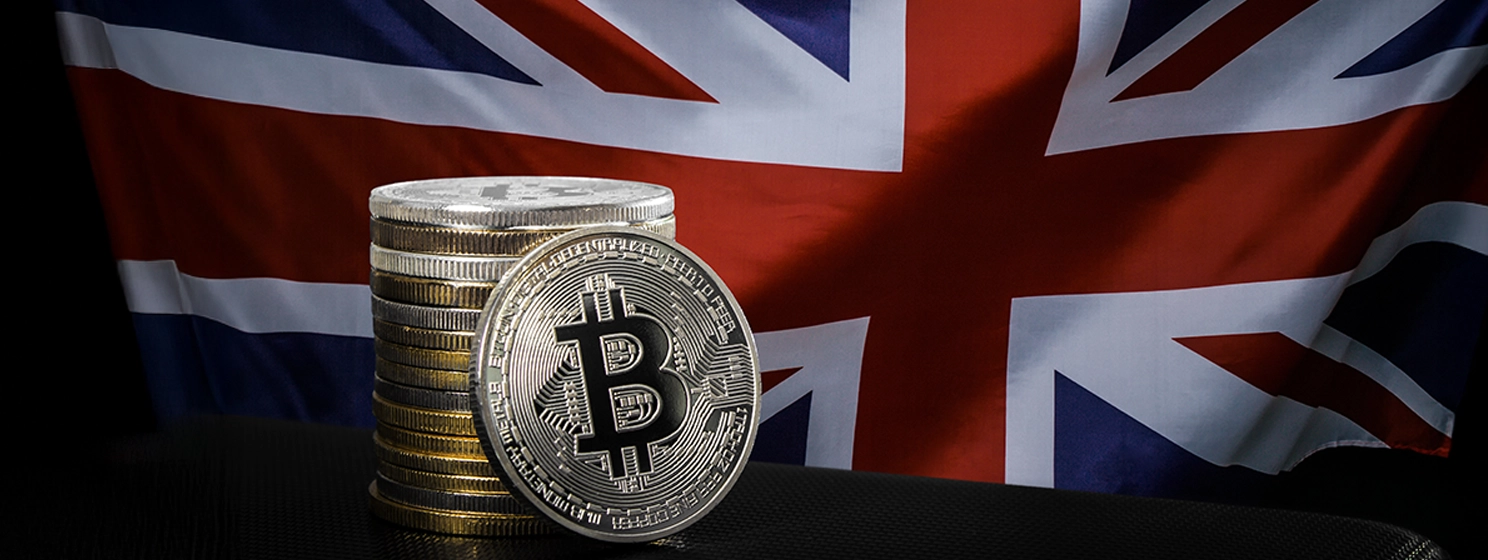|
Getting your Trinity Audio player ready...
|
The Reserve Bank of India (RBI) is chugging ahead with new central bank digital currency (CBDC) use cases but has not set any target date for the full-fledged launch of the e-rupee.
The RBI started its first digital rupee pilot in the wholesale segment two years ago on November 1, 2022, while the retail digital rupee pilot began on December 1, 2022.
“We never intended that from day one we will go for a nationwide roll out or anything like that because, after all, we are dealing with currency. The safety, security and the robustness of the design and the security aspect is very important. It (CBDC) has got other implications for monetary policy (and) for the larger economy,” RBI Governor Shaktikanta Das said at the Business Standard – BFSI Insight Summit.
“There are learnings every day with regard to design features, with regard to the possible use cases. So we are on a learning curve. We are in no great hurry, there’s no target date. We are experimenting with it (CBDC),” Das added.
The central bank governor pointed out that new use cases for the e-rupee “are coming up every day.” For instance, Indian lenders are experimenting with providing credit in CBDC to tenant farmers without a land title or a formal registration of the tenancy agreement.
Some banks have been providing programmed CBDC loans to tenant farmers so that they can be used for a specific purpose, such as buying fertilizers. In these cases, the CBDC can only be encashed and utilized in a fertilizer depot; it cannot be used elsewhere, Das explained.
Das said the e-rupee is also being utilized to connect purpose-bound money with generating agricultural carbon credits. For instance, banks can impose restrictions on the use of the money, ensuring it is only spent on specific items like fertilizers or other raw materials.
“Corporates are also giving CBDCs to their employees instead of giving them lunch vouchers. So there are many use cases which are coming up,” Das said.
The Indian state of Odisha has launched the Subhadra Yojana, a direct transfer program for women, making it the first government initiative to utilize CBDC. Under the scheme, beneficiaries receive Rs 10,000 ($118) annually in digital rupees, which can be used through UPI QR codes or transferred to bank accounts. The Unified Payments Interface (UPI) is an instant real-time payment system that facilitates inter-bank transactions through mobile phones.
“CBDC is, therefore, in an experimentation stage in India. Internationally, there is greater expectation about CBDC, so we have made CBDC interoperable with UPI. I think CBDC will facilitate cross-border payments in a much more efficient and cost-effective manner than anything else. I think CBDC can coexist with UPI; I think both can complement each other; both can coexist,” Das said.
India’s UPI has emerged as the most preferred method of retail payments, with a 79.6% share in total volumes of retail payments made in 2023-24, according to a RBI report. The UPI has seen a tenfold increase in volume over the past four years, from 12.5 billion transactions in 2019-20 to 131 billion transactions in 2023-24, or 80% of all digital payment volumes.
Earlier, the RBI said it is looking to enable additional functionalities of programmability and offline capability in CBDC retail payments. While programmability is expected to facilitate transactions for specific and targeted purposes, offline functionality will allow transactions in areas with poor or limited internet connectivity.
The central bank also announced plans to make its e-rupee accessible to more retail users by including non-bank payment system operators to offer CBDC wallets. The move is expected to test how resilient India’s CBDC platform is in handling multi-channel transactions.
Watch: Finding ways to use CBDC outside of digital currencies

 12-22-2025
12-22-2025 




